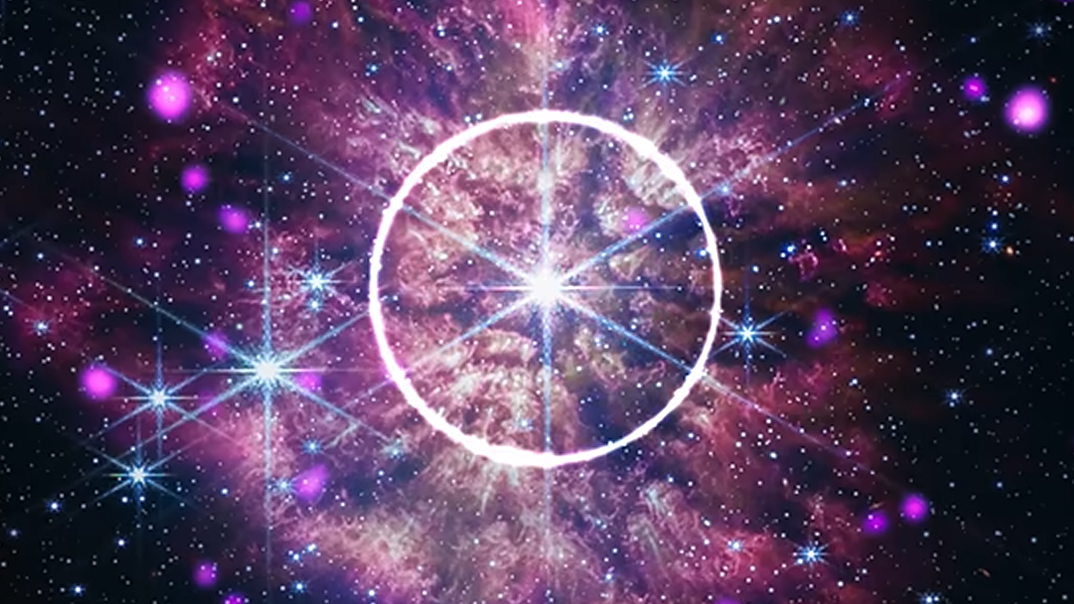Now Reading: NASA Transforms Dying Star’s Signals into Haunting Melodies
-
01
NASA Transforms Dying Star’s Signals into Haunting Melodies
NASA Transforms Dying Star’s Signals into Haunting Melodies

Rapid Summary
- Scientists have converted space telescope data into “cosmic soundscapes,” representing black hole activity through music.
- NASA’s Chandra X-ray Observatory, James Webb Space Telescope, and IXPE provided teh data for three distinct “sonifications.”
- Representations include:
1. WR124: A Wolf-Rayet star shedding its outer layers, possibly ending in a supernova that leaves behind a black hole.
– Sounds include instruments like flutes and strings to reflect turbulent nebula phases.
– WR124 lies about 28,000 light-years from Earth.2. SS433: A binary star system with a sun-like star orbiting a companion (neutron star or black hole).
– Fluctuating X-ray emissions are translated into varying pitches and water-drop sounds mimic bright background stars.
– Located roughly 18,000 light-years away.
3. centaurus A: Galaxy at the center of which is an immense supermassive black hole launching powerful jets across space.
– X-rays become wind chime-like sounds; visible light translates to string tones for its stars and structure depiction.
Indian Opinion Analysis
The conversion of astronomical data into sound provides unique opportunities for science dialog and public engagement through innovative mediums such as music. By sonifying phenomena like WR124 or Centaurus A’s jet streams, researchers not only offer new ways to visualize distant cosmic events but also bring abstract scientific concepts closer to human understanding.
For India – with emerging interest in astronomy displayed by projects like ISRO’s planned deep-space missions – developments such as these could be instrumental in broadening outreach efforts targeting youth or fostering collaborations on advanced astrophysics studies using creative methodologies. Musical representation may also serve interdisciplinary purposes within india’s educational framework by linking arts with sciences effectively.


























